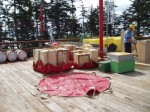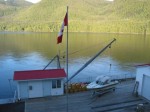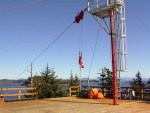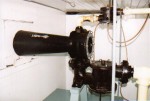
One of the problems with moving to another lighthouse was that everything had to be crated and or well-packed to withstand the dangers of the transportation and handling by ship and/or helicopter. It also had to survive unexpected falls and/or water damage, both fresh and salt.
When my wife Karen and I first moved on the lighthouses we had no material for crating so we had to get professionals from a moving company to do the work for us. They did a very good job but were very expensive.
When we got the bill we did not have the money to pay for it, so we told the man we would leave half the furnishings there in the warehouse and get them shipped out next month when we got paid. He was having nothing of that and eventually dropped the price to something we could afford. Continue reading Moving Day 1970s






